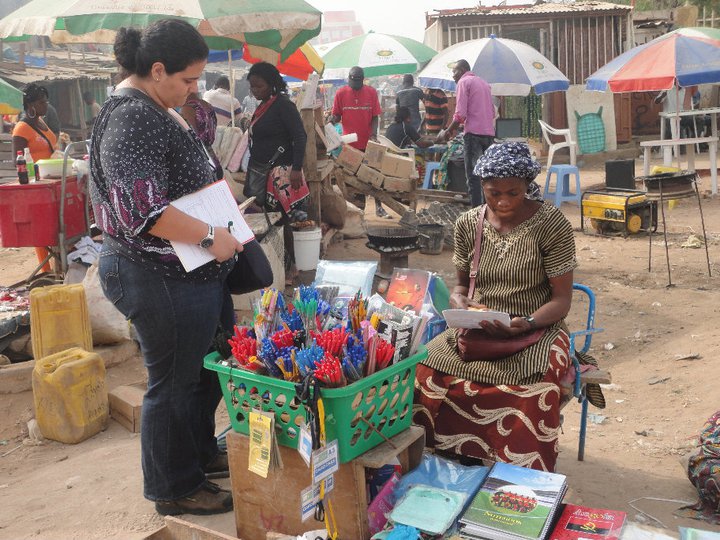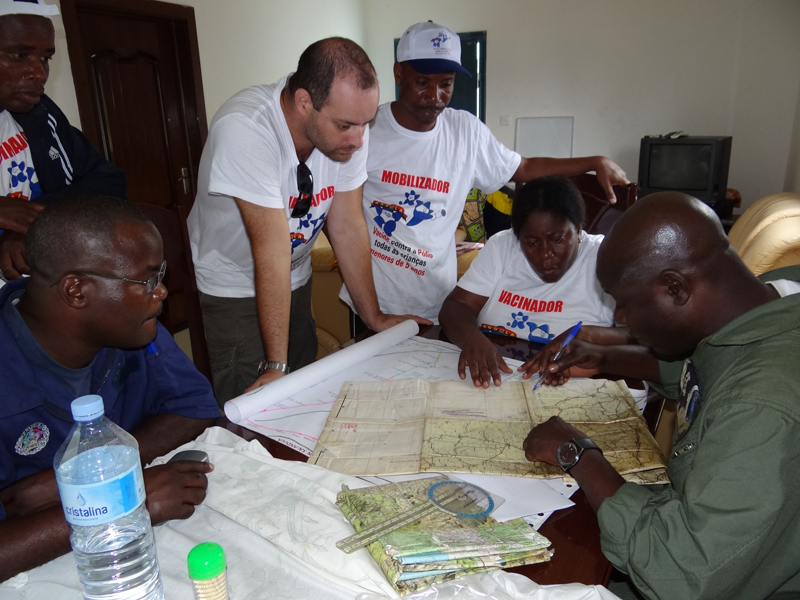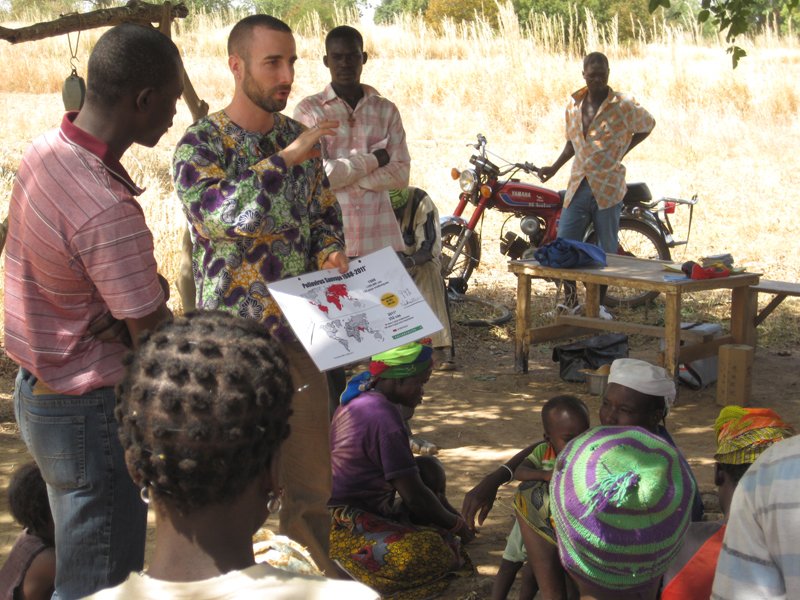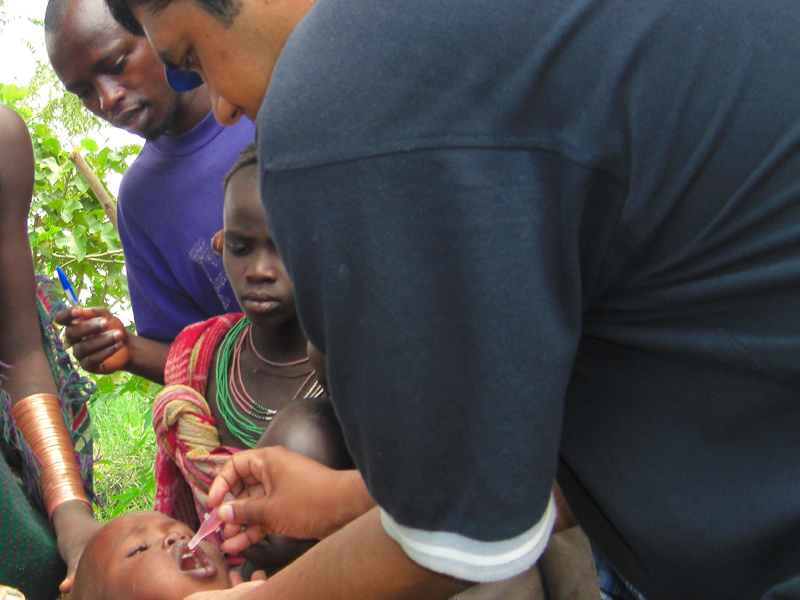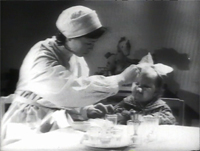STOP Polio: Coming Together to End Polio Once and For All
The January 2013 STOP program has the largest number of volunteers ever
The global effort to eradicate polio is one of the largest public health initiatives in history. Many countries affected by polio have a shortage of skilled public health staff available to fully support eradication efforts. The Stop Transmission of Polio (STOP) program, led by the Centers for Disease Control and Prevention (CDC) and co-sponsored by Rotary International, World Health Organization (WHO) and UNICEF, helps address this shortage by training and deploying skilled public health professionals who volunteer to support in-country immunization programs. Working as WHO or UNICEF consultants, these volunteers work closely with host country ministries of health, WHO, UNICEF, and local communities.
- STOP volunteers work under the most demanding and challenging of circumstances to eradicate polio, so that coming generations are free from the threat of the disease.The first STOP team mostly consisted of CDC staff members who were U.S. citizens. Over time, increased involvement by citizens from the world community have made it a truly global effort.
- Since 1999, more than 1,850 STOP volunteers have worked in 70 countries. The January 2013 41st STOP program has the largest number of volunteers ever – 181 volunteers from 13 countries to be deployed to 27 countries.
- More than 70 percent of former STOP volunteers reapply for another STOP assignment. For more information please visit the STOP webpage.
CDC is one of four partners spearheading the Global Polio Eradication Initiative along with Rotary International, UNICEF and the WHO, with substantial support from the Bill and Melinda Gates Foundation.
STOP volunteers from two countries recount their experiences:
Camilla
A STOP volunteer and health communication specialist from Brazil who first developed extensive experience in social mobilization and communications working in remote Amazon areas for the Brazilian Ministry of Health and other country health foundations. Often, this health outreach involved traveling for several hours on a small boat in the tributaries of the Amazon River. During her first STOP assignment in Angola, Camilla developed communication materials and strategies to encourage vaccination among groups that were unfamiliar with polio vaccination. In some areas where she worked, landmines presented a danger to both children and those who vaccinate them. For her next assignment, she hopes to continue to reach high risk groups and encourage them to vaccinate their children.
“What excites me are the stories,” Camilla explains. “I always ask myself, ‘How can I help people to really understand why their children need to be vaccinated?’ Understanding cultural practices and roles that are barriers to vaccination can help public health workers develop strategies that overcome resistance.”
Pius
A STOP volunteer and medical doctor from Cameroon who worked in Chad, Ethiopia, and Nigeria, where he worked to improve the quality of polio vaccine campaign efforts and reduce the number of children missed. During some assignments, Pius traveled through war-torn areas of Somalia. “I believe my past STOP assignments have made a difference in reducing the number of children that have missed polio vaccination. We have used some very innovative strategies to encourage both children and parents to participate in vaccination efforts,” says Pius. He recalls how eradication efforts have changed mindsets within communities. “I remember a man who sat with a gun outside of his home, refusing to have his daughter vaccinated. She ended up with polio. Now, he is a local volunteer, going door to door with us for vaccination activities.”
Graphics / Images
Related Links
Contact Information
CDC Media Relations
(404) 639-3286
media@cdc.gov
Spokespersons
Tom Frieden, MD, MPH
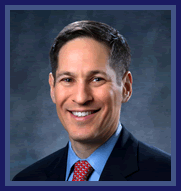
“If we eradicate polio in the next few years, we’ll not only eliminate a crippling disease for generations to come, but have an estimated global savings of 40-50 billion US dollars over the subsequent 20 years. The finish line is in sight and will be a gift to every child forever more.”
Tom Frieden, MD, MPH - Director of the Centers for Disease Control and Prevention
Yinka Kerr, MPH
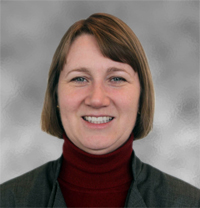
“The number of STOP volunteers returning for a second five-month assignment – 105 of 170 volunteers from the last class – is indicative of the intense commitment these volunteers have towards reaching a polio-free world. From supporting in-country expertise to providing technical support and continued encouragement, their dedication and strength is beyond measure.”
Yinka Kerr, MPH - STOP Lead, Centers for Disease Control and Prevention
Multimedia
Video
Get email updates
To receive email updates about this site, enter your email address:
Contact Us:
- Centers for Disease Control and Prevention
1600 Clifton Rd
Atlanta, GA 30333 - 800-CDC-INFO
(800-232-4636)
TTY: (888) 232-6348 - Contact CDC-INFO

